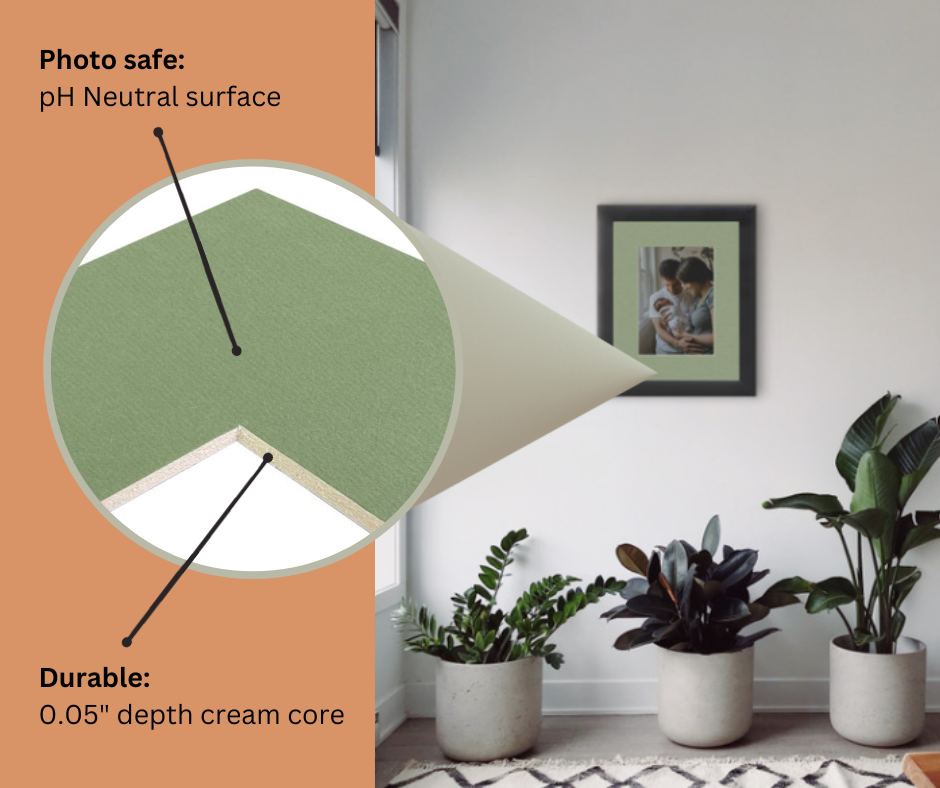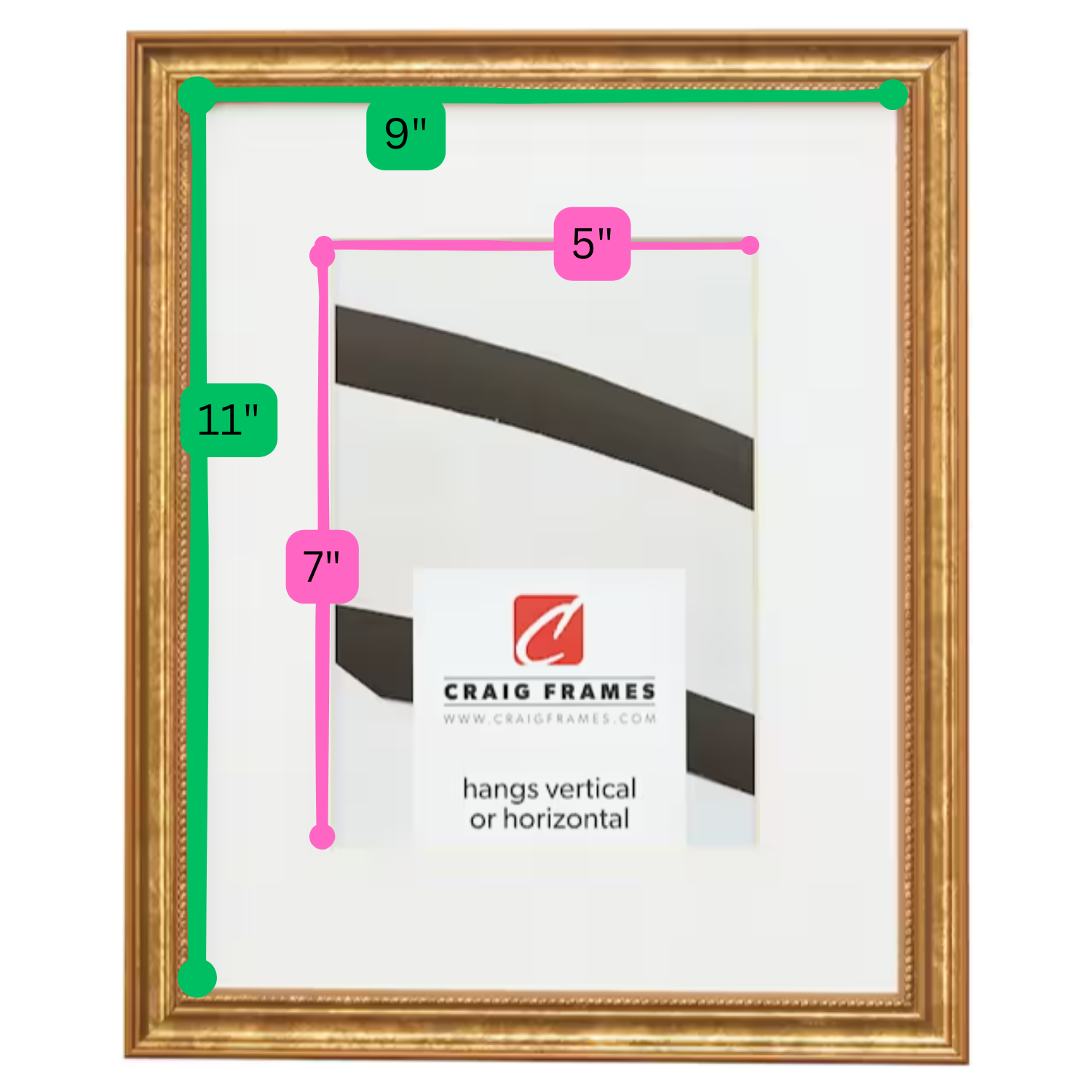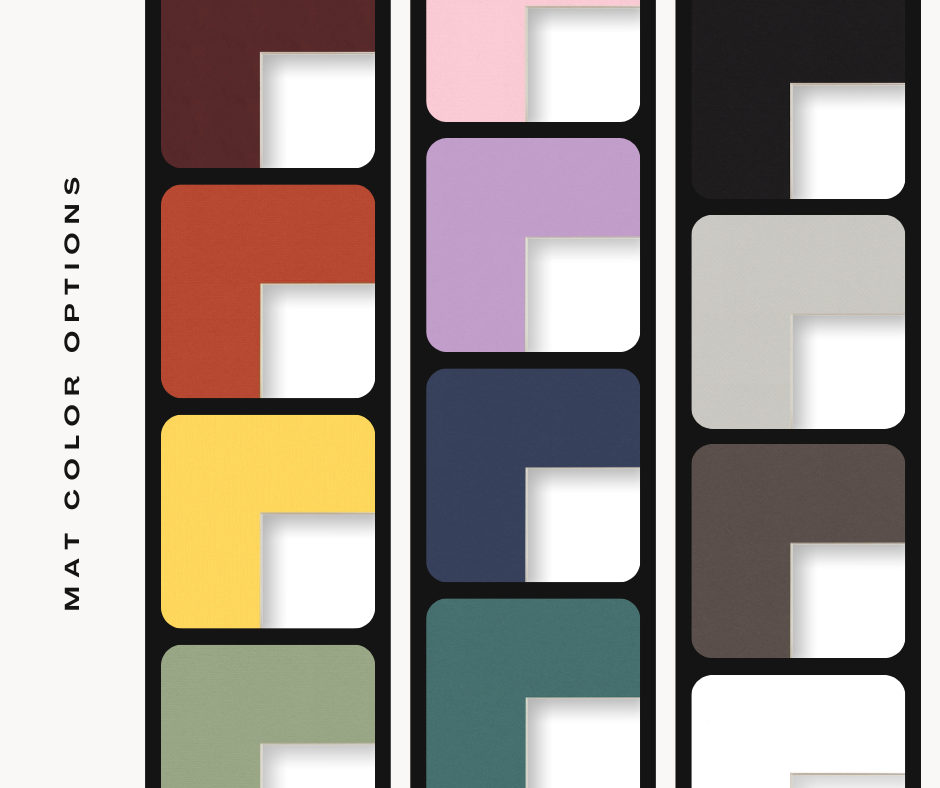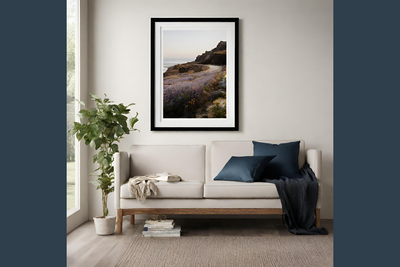Mastering Matting: A Guide to Calculating Picture Frame Mat Size
Posted by CF Style Team on on Dec 1st 2023
A mat is a decorative border between the print and frame, adding elegance and professionalism to your artwork or photograph. Mats can add visual appeal and protect the print from directly touching the glass. If your image or print is a custom size, matting can be a great option to accompany your print in a standard-sized frame. If you want to use a mat, you’ll need to account for it when selecting a frame size.

Calculating Mat Size
The mat size depends on the dimensions of your artwork and the frame. Here's a step-by-step guide:
1. Measure Your Artwork: Measure the height and width of your artwork
2. Choose a Mat Border Width: Decide on the width of the mat border you want. Matting smaller than one inch wide is not recommended as it tends to have a higher damage rate. Standard widths range from 1 to 3 inches but can vary based on preference and the frame size.
3. Calculate the Mat Window Dimensions: The window opening of the mat will be 0.5” smaller than the size of the image or print. For example, a mat designed for a 5x7 print will have a window opening of 4.5 x 6.5 inches. The window opening is reduced by 0.5” on the length and the width to keep the print from falling through the mat opening.
4. Calculate the Mat Outer Dimensions: Add the desired mat width to the image dimensions. It’s essential to double the desired mat width before adding it to the image dimension to account for the mat width on all sides. For example, a 5x7 print with 2 inches of matting will have outer mat dimensions of 9x11. The mat width of 2 inches is doubled, so 4 inches will be added to both the length and width of the image.

5. Select a Frame to Fit: The outer dimensions of the mat will be the desired frame size. For example, with the outer mat dimensions of 9x11, the frame size will also be 9x11. Keep in mind that it’s industry standard for a frame to have a 0.25” lip to keep the glass, matting, photo, and backing from falling through the front of the frame.
Exploring Mat Colors
The color of the mat contributes to the overall aesthetic of the piece. From playful to classic, there is a mat color to accompany your style.

- Classic White: White mats are timeless and versatile. They create a clean and fresh border around your artwork, making colors pop and delivering a sophisticated presence. White mats work well with a variety of frame styles and artwork types.
- Neutral Tones: Beige, cream, and light gray mats provide a softer alternative to white. These neutral tones create a warm and inviting atmosphere, suitable for a range of artistic styles and home décor.
- Matching or Contrasting Colors: You can choose a mat color that matches a dominant color in your artwork or a contrasting color that adds drama.
Matting requires precise calculations and thoughtful decisions. By following the steps to calculate mat size and selecting a mat color to meet your design purpose, you can create a framed piece that not only protects your artwork but also enhances its aesthetic appeal. Whether you opt for a traditional white mat or an artistic contrast, the matting will elevate your artwork to a new level of sophistication and style.

